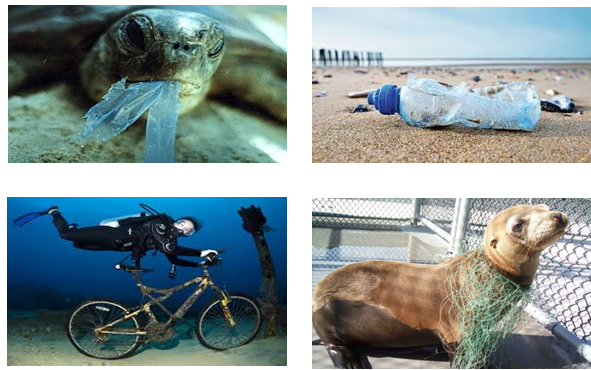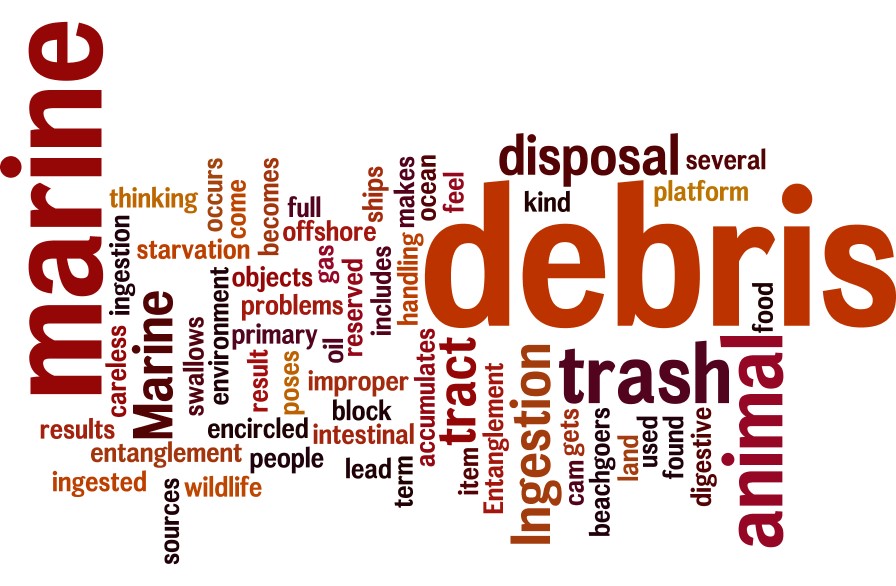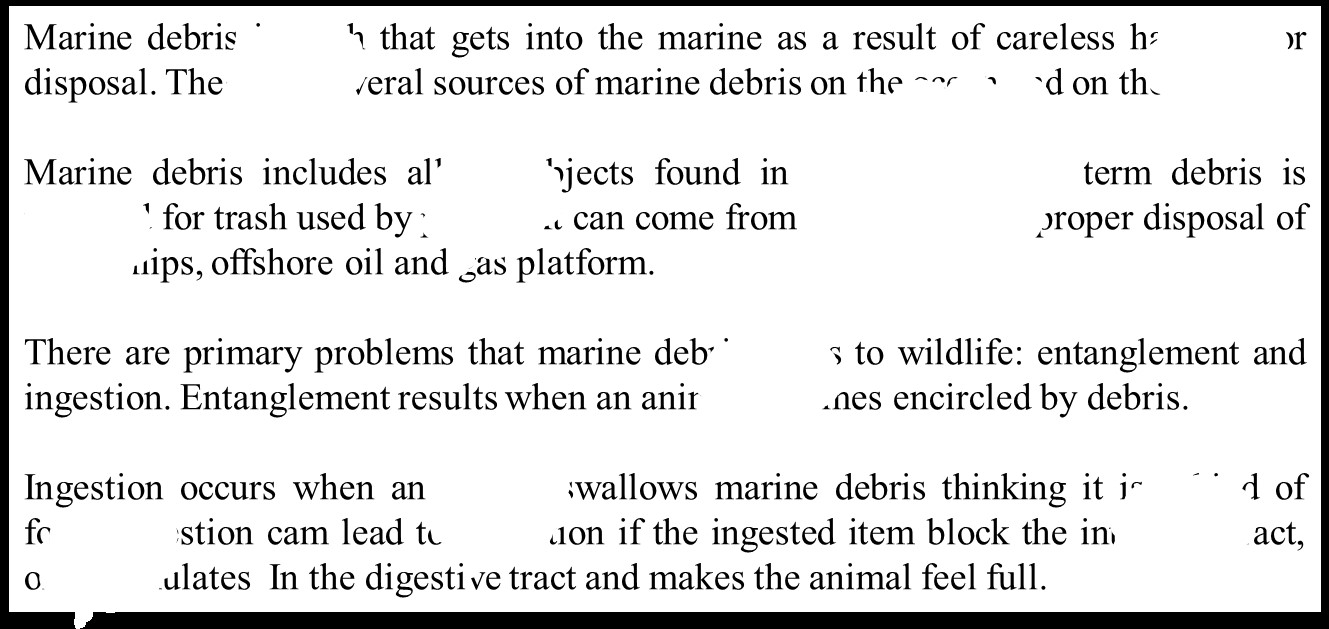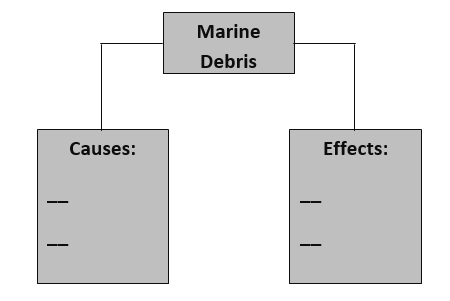- Home
- 21st Century Skills; Ecology and Sustainability
- On Activating Students’ Background Knowledge: Marine Debris
On Activating Students’ Background Knowledge: Marine Debris
Radhwan Munir Ahmed is an MA holder in linguistics. Presently, he is working at ADNOC Technical Academy (ATA), one of the largest oil companies in the world UAE, as instructor. He has been in the field of teaching since 1984. He has conducted and attended more than 50 presentations, workshops and conferences, organized by TESOL Arabia. He has designed and developed new curriculum for Foundation Program (General English) and Technical Program (ESP English) at different universities and institutes. He was an English language expert for AGOCO Oil Company, Libya in 1996. He taught TOEFL and IELTS at Ajman University for Science and Technology UAE in 2003. His research and interests include designing new curriculum for struggling students whose English is a second language, developing skills namely reading and writing, and teacher development.
Introduction
To improve a learning environment, the instructor is requested to teach students to engage with the text in a dialogue as stressed by Grabe (1988, 56) with a purpose using students’ prior knowledge.
Lesson plan
Subject area: Environment
Topic to be tapped into: Marine Debris
Lesson: Reading Comprehension
Learning outcomes:
- Short term outcomes:
Extract meaning from pictures - Use graphics to comprehend the structure of a text:
Recall and interpret information
B. Long term outcomes:
Plan a recycling program.
Design a packaging waste separation facility. Design a compost facility.
Design an incineration facility.
Make site selection for a landfill.
PRE-READING
Activity 1: Look at the pictures and try to work with your partner to tell what happened.

Procedure: Students work in pairs/groups and try to figure out what happened and decipher the message conveyed in the pictures. The instructor walks around and assists students with vocabulary items: spilled oil, beach cleaning up campaign, pelican (bird).
Activity 2: Students team up to guess the content of the reading passage by using wordle.
Wordle is a tool for generating “word clouds” from a text. The wordle can obtained at: www.wordle.net

Activity 3: Cloudy text.
Students team up to predict the content of the text with bears clouds placed at different places. To develop the spirit of collaborating amongst students, the instructor hands out different cloudy texts, i.e, students receive texts whereby clouds are scattered at different places (see sample below). In case of confusion, the instructor can assist students through thought provoking questions.
Group one cloudy text

READING
Activity 1: General questions are asked to link the information obtained in the pre-reading step with the information students will come across in the reading step. The instructor’s role is to elicit talk, reach reluctant students, and engage the students in the learning process.
Questions: What is marine debris?
What does the word marine mean?
What does marine debris affect?
What happens to animals when they swallow debris?
Activity 2: Read the text and complete the cause/effect diagram:
Marine debris is trash that gets into the marine environment as a result of careless handling or disposal. There are several sources of marine debris on the ocean and on the land.
Marine debris includes all the objects found in the marine environment. The term debris is reserved for trash used by people. It can come from beachgoers, improper disposal of trash, ships, offshore oil and gas platform.
There are primary problems that marine debris poses to wildlife: entanglement and ingestion. Entanglement results when an animal becomes encircled by debris.
Ingestion occurs when an animal swallows marine debris thinking it is a kind of food. Ingestion can lead to starvation if the ingested item blocks the intestinal tract, or accumulates in the digestive tract and makes the animal feel full.
Source: Turning the Tide on Trash, EPA catalog

Activity 3: Find in the text words whose definitions follow:
a. The act of getting rid of something by throwing it away.
b. Things that are no longer wanted or needed.
c. Dishonest and against a law or a rule.
d. Animals and plants that grow independently of people, usually in natural conditions.
e. A situation where one is involved in and that is difficult to escape from.
f. The process of absorbing nutrients, medications, or objects into the body by eating or drinking them.
g. Surrounded by something.
h. The state of having no food for a long period, often causing death.
Keys:
Disposal: The act of getting rid of something by throwing it away.
Trash: Things that are no longer wanted or needed.
Improper: dishonest and against a law or a rule. Wildlife: Animals and plants that grow independently of people, usually in natural conditions.
Entanglement: A situation where one is involved in and that is difficult to escape from.
Ingestion: The process of absorbing nutrients, medications, or objects into the body by eating or drinking them.
Encircled: Surrounded by something.
Starvation: The state of having no food for a long period, often causing death.
Activity 4: Answer the questions given in activity 1:
POST- READING
Activity 1: Summarize the text in 60 words maximum.
Activity 2: Try to find some effects of marine debris on humans and include them in the diagram above by adding a box named “Impact on humans”.
Activity 3: Project work: What steps should be taken to reduce or prevent marine debris. Think of some solutions using pictures from the net.
Summary
In this lesson, the implemented activities have enabled readers to:
< >predict the subject matter of the textinfer meaning from context through illustrations and diagrams. activate their knowledge background
Simply put, when students are taught how to extract information from what they read and feel that to every act there is a purpose, they become strategic and lifelong readers.
Reference
Grabe, W. 1988. Reassessing the term “interactive.” In Carrell, Devine, and Eskey 1988, 56–70.
Please check the Pilgrims courses at Pilgrims website.
Fish is Fish – Making the Most of a Story with a Twist
Uwe Pohl, HungaryForests and Climate Change in Canada
Bill Bhaneja, CanadaOn Activating Students’ Background Knowledge: Marine Debris
Radhwan Munir Ahmed, UAEWorking Towards Peace through Peace Education and Transnational Writing Education
Danning Liang, China;Jimalee Sowell, US